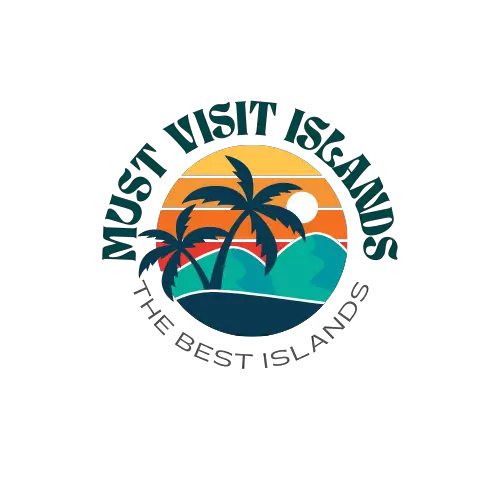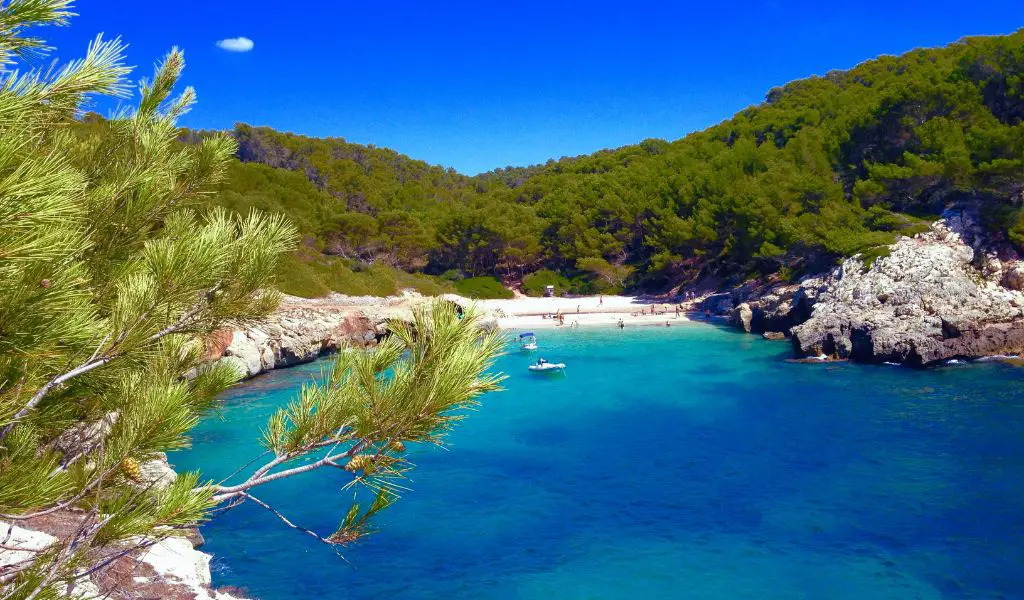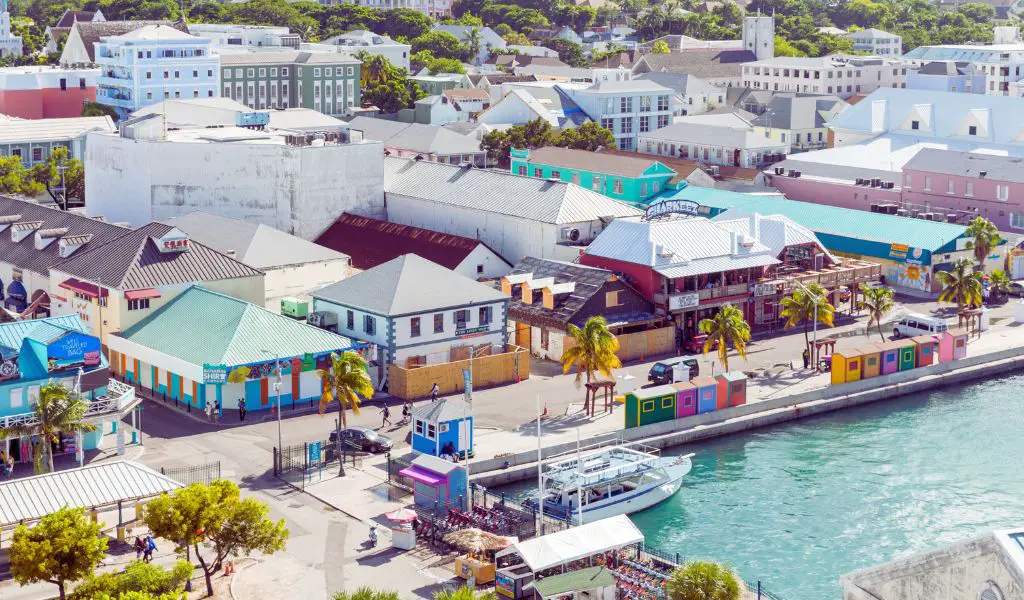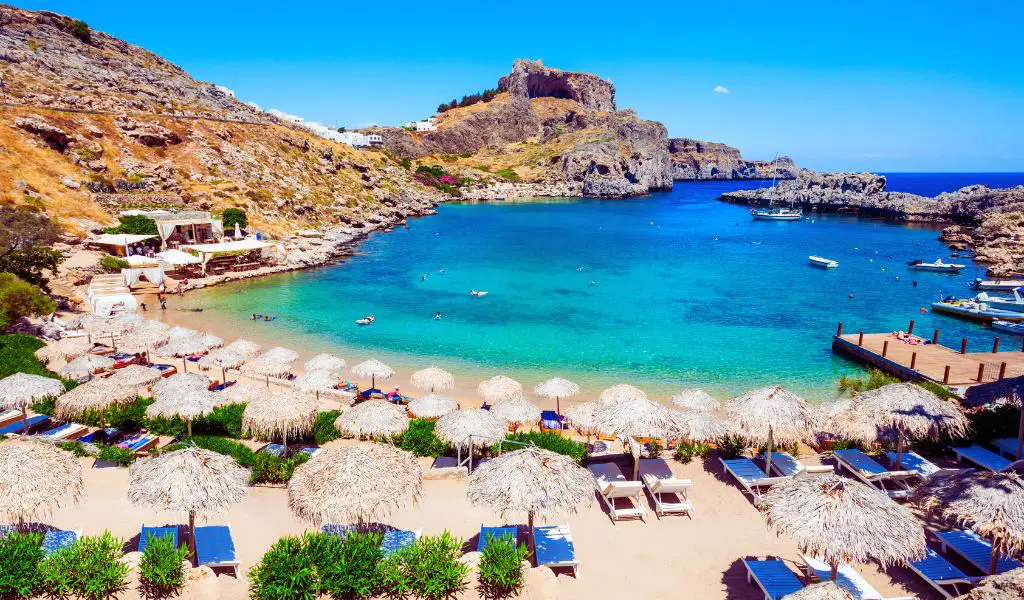Nestled in the Mediterranean Sea, Menorca is one of the Balearic Islands belonging to Spain. While its sister island, Mallorca, often garners more attention, Menorca offers a serene and authentic island experience that appeals to those seeking tranquility, natural beauty, and rich history.
Geography
Geographically, Menorca is characterized by its diverse landscapes.
From sandy beaches and secluded coves to rolling countryside and lush woodlands, the island promises a visual treat for nature enthusiasts.
The coastline of Menorca is dotted with “calas” or coves, each offering a unique beach experience, often surrounded by dramatic cliffs and pine forests.
History
Menorca’s history is a tapestry of various civilizations.
From the ancient Talaiotic people to the Moors, and later the British and Spanish, the island has seen a confluence of cultures, each leaving its indelible mark.
This rich history is evident in the island’s architecture, traditions, and even its cuisine.
Attractions
Notable attractions on Menorca include the Naveta d’Es Tudons, a prehistoric burial site, and the Fort Marlborough, a testament to the island’s strategic importance during the 18th century.
The towns of Ciutadella and Mahón, the island’s capital, are replete with historical landmarks, charming streets, and harbors that reflect Menorca’s maritime heritage.
Activities
Popular activities on Menorca range from hiking on the Camí de Cavalls, a path that encircles the island, to exploring underwater caves through scuba diving.
The island’s clear waters, rich marine life, and numerous archaeological sites make it a hotspot for diving enthusiasts.
Population
Menorca has a population of approximately 94,000 inhabitants. The island’s residents are spread across various towns and villages, with Mahón and Ciutadella being the most populous.
When to Go
The best time to visit Menorca is between May and October. During these months, the weather is warm, and the island is vibrant with cultural events and festivals.
How to Get There
Menorca is accessible by air, with the Menorca Airport located near Mahón.
Regular flights connect the island to mainland Spain and other European destinations.
Additionally, ferries operate between Menorca and other Balearic Islands, as well as the Spanish mainland.
Highlights
Naveta d’Es Tudons: A prehistoric monument that offers insights into Menorca’s ancient past.
Mahon Harbor: One of the largest natural harbors in the world, lined with eateries and shops.
Cala Macarella: A stunning beach with turquoise waters, ideal for relaxation.
Monte Toro: The highest point on the island, offering panoramic views of the surrounding landscape.
What You Should Know
Currency: Euro (EUR).
Language: Spanish and Menorquín, a variant of Catalan.
Safety: Menorca is a safe destination. However, visitors should always exercise general caution and be aware of local guidelines, especially when partaking in water activities.
FAQs about Menorca
Are there accommodations available on Menorca?
Yes, Menorca offers a range of accommodations, from luxury resorts to boutique hotels, vacation rentals, and agritourism establishments.
Is Menorca suitable for family vacations?
Absolutely! Menorca is very family-friendly, with numerous activities, attractions, and beaches catering to visitors of all ages.
What local delicacies should I try on Menorca?
Menorca is renowned for its cheese, known as “Queso de Mahón.” Additionally, don’t miss out on trying “sobrasada,” a local sausage, and “ensaimada,” a sweet pastry.




